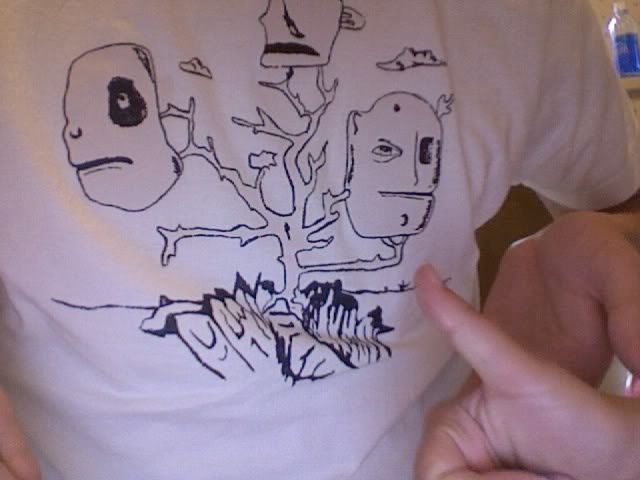I've found what I believe to be the most important chapter written about NLHE for a player who has a decent amount of experience. Chapter 21 of Mathematics of Poker-- A Case Study: Using Game Theory. I won't go into the first half, which is regarding PF play and open-jamming. It's really interesting, but the second half of the chapter talks a lot about what I've easily spent the most time focusing on in my own game; PoF play when taking into account various board textures.
I've spent hours thinking and analyzing these types of situations just because there is such little info on it in most poker literature. Now it's out there for everyone to read (which helps me, but hurts my edge against those who read it; luckily for me, the math approach isn't a popular one so it's unlikely to become highly used).
For those who don't see me in person often, I like to highlight any book I read. My copy of MOP is easily the second-most marked up book I've ever owned, including textbooks (#1 being Catcher in the Rye). This whole chapter is almost entirely underlined and bracketed off.
The Flop Play section begins with mentioning the differenc ebetween static boards (few/no draws, i.e., K72r or AAA) and dynamic (draw heavy boards, like 9d8d7s).
They then mention that in situations where there is a PF raise from EP and a call out of the blind, the blind is more likely to have a weaker hand due to the fact that he's getting a discount on entering the pot. Because his range is so much weaker, he can basically autocheck to the PFR who will in turn usually have an autobet. However, the autocheck can be exploited by the raiser checking behind, but in general autobetting has a higher EV than attempting to exploit the check because his raising distrubution is strong enough that he's gaining value from calls (with his strong hands) and winning the pot immediately when the blind folds.
From the blind's POV, most hands-- weak and strong-- we can check and then have the option of folding (our weak hands) and calling/raising with the rest of our distribution. The authors then breakdown the different possibilities as a result of a checkraise from our blind.
1) If the opponent is calling with his strong hands (as opposed to reraising), our strong hands and our medium-strength hands are losing value. However, our draws gain in value because we're not forced to pay more money or fold.
2) If our opponent is calling with weak hands, the opposite is true. Our strong/medium hands are getting good value, but our draws lose value.
3) If our opponent is reraising here, our strong hands get a ton of value (potentially maximum value) whereas our draws are losing maximum value (when we're either forced to call off or forced to fold).
The task then is to balance our actions over the entire range of potential hands. I'll go into this in the next update.
skip to main |
skip to sidebar
Poker, Gaming, and Life

2 comments:
Very interesting stuff. Funny how your hand can be dynamic based on what your opponent's tendencies are. I kind of always thought of nut hand draws like the nut flush with two overs (AKs) as "winning if it hits" not as changing value based on what my opponent is likely to do.
I think I'm going to get this book.
Interested in your markup approach nfulton ... with so much info out there always good to have some sort of system but I find it hard to organise ... do you just markup or do you have some sort of reference system as well?
Post a Comment